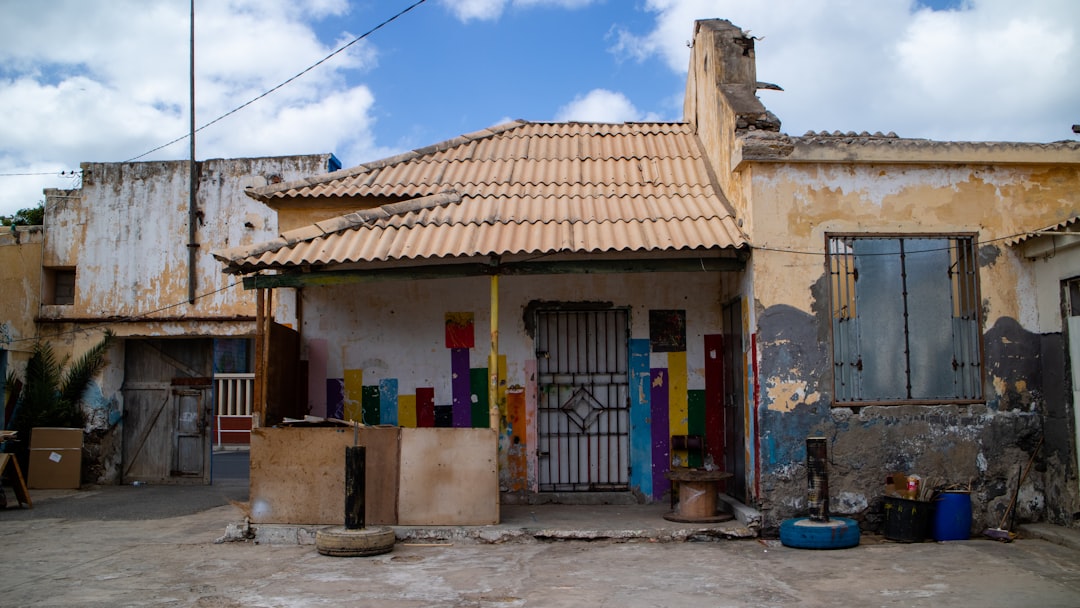What is it about?
This study aims to compare the drivers of clustering of rural and urban creative industries in England. Based on pre-COVID-19 collected websites with addresses of creative firms in England, we use a novel mathematical analysis technique to identify 71 distinct rural creative “microclusters” of geographically proximate creative firms. We then consider the role of place-based assets (including the natural environment, cultural heritage sites, educational institutions) and agglomeration in the presence of microclusters at a micro-level geography: we find that the determinants of microclustering are generally very similar between creative firms in rural and urban areas. On that basis we argue that policies to support clustering of rural firms may drive rural regional development.
Featured Image

Photo by Pierre Bamin on Unsplash
Why is it important?
This research is important, as creative firms have not only economic roles in regional economic development but also social roles for community cohesion and well-being. Their clustering will allow easier access to knowledge through co-location, gaining customers from other creative firms and hence, their ability to contribute to local socio-economic development.
Perspectives
For me, the research findings about what influences clustering are most important for policymakers and creative entrepreneurs, as they highlight assets in the environment that are helpful for gaining customers and business development. We deliver an argument for policymakers to develop a business case and allocated investment for supporting concentrations of creative firms, for example, building networks.
Dr Inge Hill IJBR Editorial Review Board
The Open University
Read the Original
This page is a summary of: Determinants of rural creative microclustering: Evidence from web‐scraped data for England, Papers of the Regional Science Association, September 2023, Wiley,
DOI: 10.1111/pirs.12754.
You can read the full text:
Resources
Mapping and examine the determinants of England's rural creative micro clusters
Research report underpinning this article
How can policymakers help rural creative businesses contribute to Levelling Up?
Blog aimed at policy makers to support Levelling Up via supporting the growth of creative firms in rural areas.
Contributors
The following have contributed to this page










